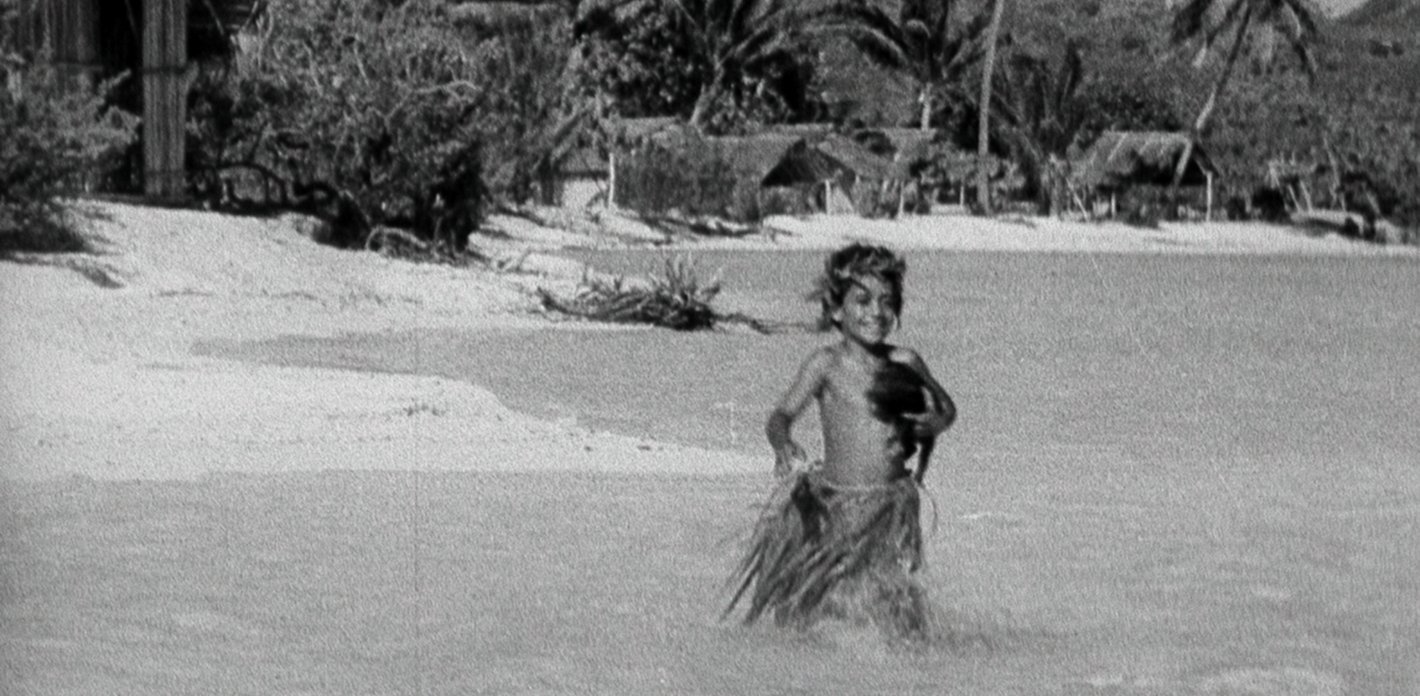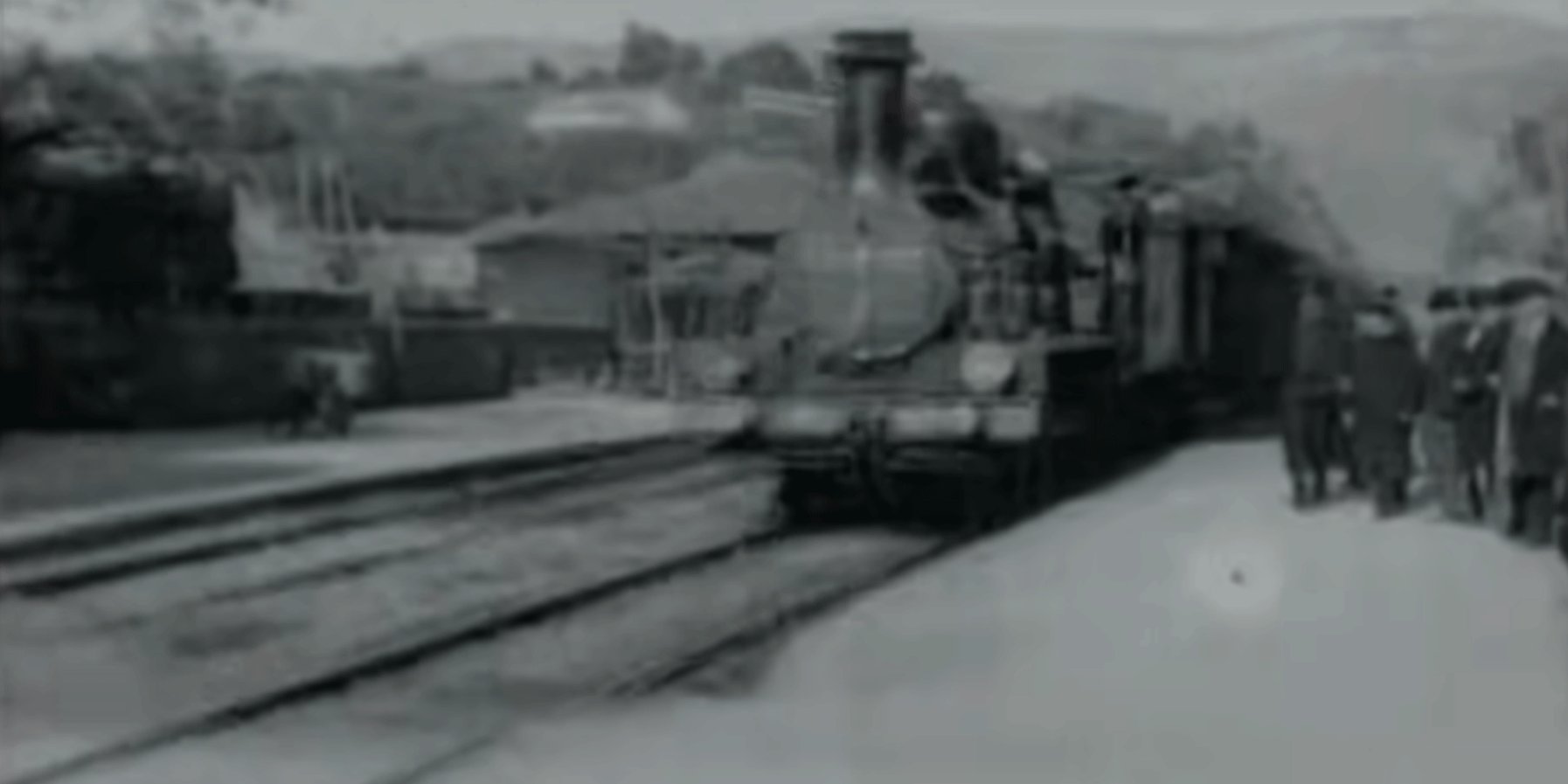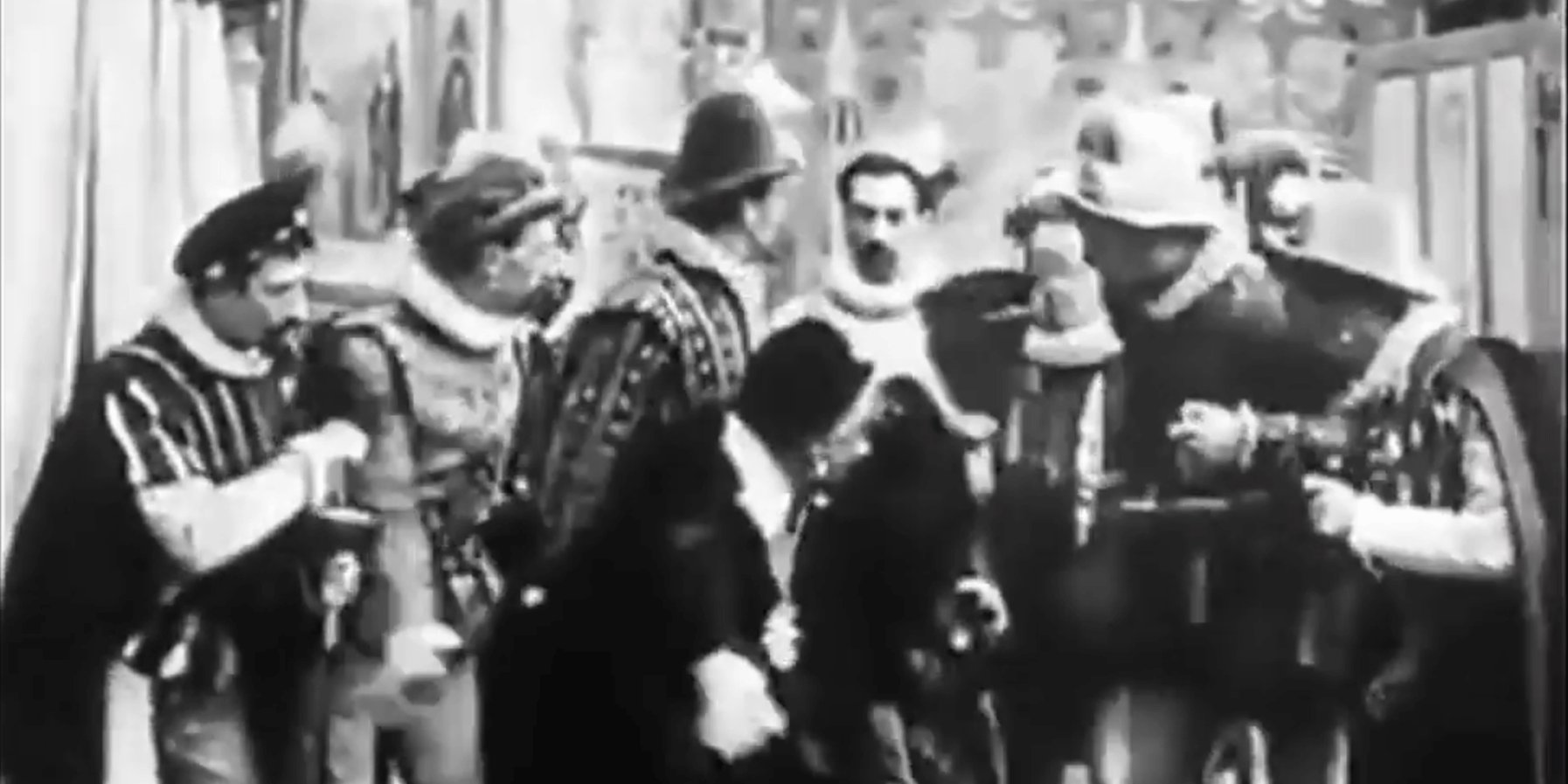The need to tell stories is as old as mankind itself. Yet the stories themselves remain essentially the same: the subjects are love and crime, trust and betrayal. But every era has its own medium for telling these stories – and this medium has been film since the onset of the 20th century.
New perspectives
The first experiments with moving pictures were made as long ago as the 19th century: visitors to German and French variety theatres had the chance to watch little films of everyday situations, mostly just a few seconds long, from 1895 on. One of the most famous early films is »The arrival of a train in La Ciotat station« by the Lumière brothers.
It wasn't long before someone had the idea of telling fictitious stories as films – and a whole number of different ways were soon discovered of presenting these stories artistically by cutting, changes of perspective, cross-fading or stop-motion technique. Thus film developed its own visual and narrative language that was very different from the aesthetics of the theatre. One of the earliest, and undoubtedly the most legendary example of the emergence of this narrative style in film is »The Great Train Robbery« of 1903. In the next two decades, film evolved at breakneck speed. The stories became more complex, the sets monumental, and permanent cinemas became established. The »moving pictures« had arrived in society's midst as an education and entertainment medium.
Silent? Definitely not :Music in the silent-film era
Until the emergence of the »talkies« in the late 1920s, films didn't have their own soundtrack. But this didn't mean that »silent films« were shown without any kind of acoustic accompaniment. On the contrary, sound was an integral feature of film from the outset. The earliest films were accompanied by live music, usually played by a single pianist, violinist or flautist. Around 1914, cinema organs came into fashion: these were compact instruments that were able to produce an almost orchestral sound, as well as special effects such as a ringing telephone, thunder or the clopping of a horse's hooves. The musicians either improvised, or they used so-called cue sheets – collections of well-known pieces of music suited to depict specific situations like a chase, the first kiss, or death.
Important composers of the silent-film era included Gottfried Huppertz (Fritz Lang's »Nibelung« films and »Metropolis«), Edmund Meisel (»Panzerkreuzer Potemkin«), Hans Erdmann (»Nosferatu«) and Hugo Riesenfeld (»Die zehn Gebote«, »König der Könige«). And even though it has been usual for the best part of a century now to watch films in which pictures, language and music form an inseparable whole, a screening accompanied by live music still exerts a special fascination – particularly in the case of so-called »silent films«, which were actually never as silent as the name suggests.
An impossible love :Friedrich Wilhelm Murnau's »Tabu«
As if he had known that it was to be his final film, Friedrich Wilhelm Murnau pulled out all the artistic stops one last time in »Tabu«. After he had fallen out with the studio Fox Films in Hollywood, whither he had emigrated in 1926, over the artistic constraints imposed on him, Murnau fulfilled a long-cherished dream and travelled to the Pacific islands of Tahiti and Bora Bora to make a film about the illicit love between a young pearl fisher and a girl who has been chosen as a holy maid to the gods. Murnau cast local amateur actors in all the parts. And as he funded the film entirely out of his own pocket, he was able to realise his artistic ideals without compromise: gorgeous nature shots on Bora Bora, cleverly planned camerawork that vividly reflects the characters' psychology, and perfectly composed scenes make »Tabu« a poetic masterpiece at the interface between feature film and documentary. Sadly, Murnau did not live to see the first performance in March 1931 in the USA – a week before the premiere, he died in an automobile accident on the Pacific Coast Highway.
The enemy in one's own body :»Orlac's Hands« by Robert Wiene
In his 1924 film »Orlac's Hands«, Robert Wiene addresses the issue of society's unease at the idea of transplanting body parts, which was starting to seem feasible in the first decades of the 20th century. The pianist Paul Orlac loses both hands in a train accident; at his wife's request, the surgeon transplants another man's hands on to him. What the couple doesn't know is that the involuntary donor of the hands is a robber and murderer by the name of Vasseur who has been executed. Not long after the operation, Orlac learns where his new hands came from, and his life turns into a nightmare. He becomes increasingly obsessed with the fear that the murderer's hands are taking over his mind – a fear fomented more and more by a series of mysterious events. In the end, Orlac's own father is found dead with Vasseur's knife in his chest and his fingerprints at the murder scene, and Orlac is afraid that the murderer's hands have turned him into a killer as well, against his will. With a brilliant Conrad Veidt in the lead role, Wiene unfolds a masterly psychodrama in »Orlac's Hands« where the viewer himself can no longer distinguish between illusion and reality.
The live music accompanying the film was written by Johannes Kalitzke, who also conducts. His score takes up the Chopin nocturne that appears in the film as a leitmotif and uses it to build up tension, making the viewer feel Orlac's fears himself.
The struggle for a soul :»Der müde Tod« by Fritz Lang
A young couple breaks their journey for a bite to eat at a village inn, where a stranger joins them at their table. The young woman leaves the room for a moment, and when she comes back, both the men have vanished. It turns out that the stranger was Death, who had come to take her beloved away with him. The young woman follows Death to his fortress, where she begs him to spare her lover's life. Death offers her a deal: If she manages to save at least one of three lives that is close to its end, she will get her beloved back. After all her attempts have failed, Death gives her one last chance. She needs to find someone willing to give his own life to save her beloved – but even the aged, the sick and the poor refuse to make the sacrifice. Standing in a poorhouse that is on fire, the young woman has to choose whether to give Death a baby that is about to be burnt to death in exchange for her lover's life…
This magical parable about a love stronger than death brought director Fritz Lang his breakthrough in 1921. Recounted in opulent pictures, the film is an early example of Lang's artistic and technical mastery, which places him to this day on one level with the very great directors of movie history. Atmospheric musical accompaniment is supplied by Manuel Gera, former cantor at Hamburg's »Michel« church, playing the Elbphilharmonie organ.
Text: Juliane Weigel-Krämer
Excerpts from the films by courtesy of Friedrich-Wilhelm-Murnau-Stiftung, Wiesbaden.





